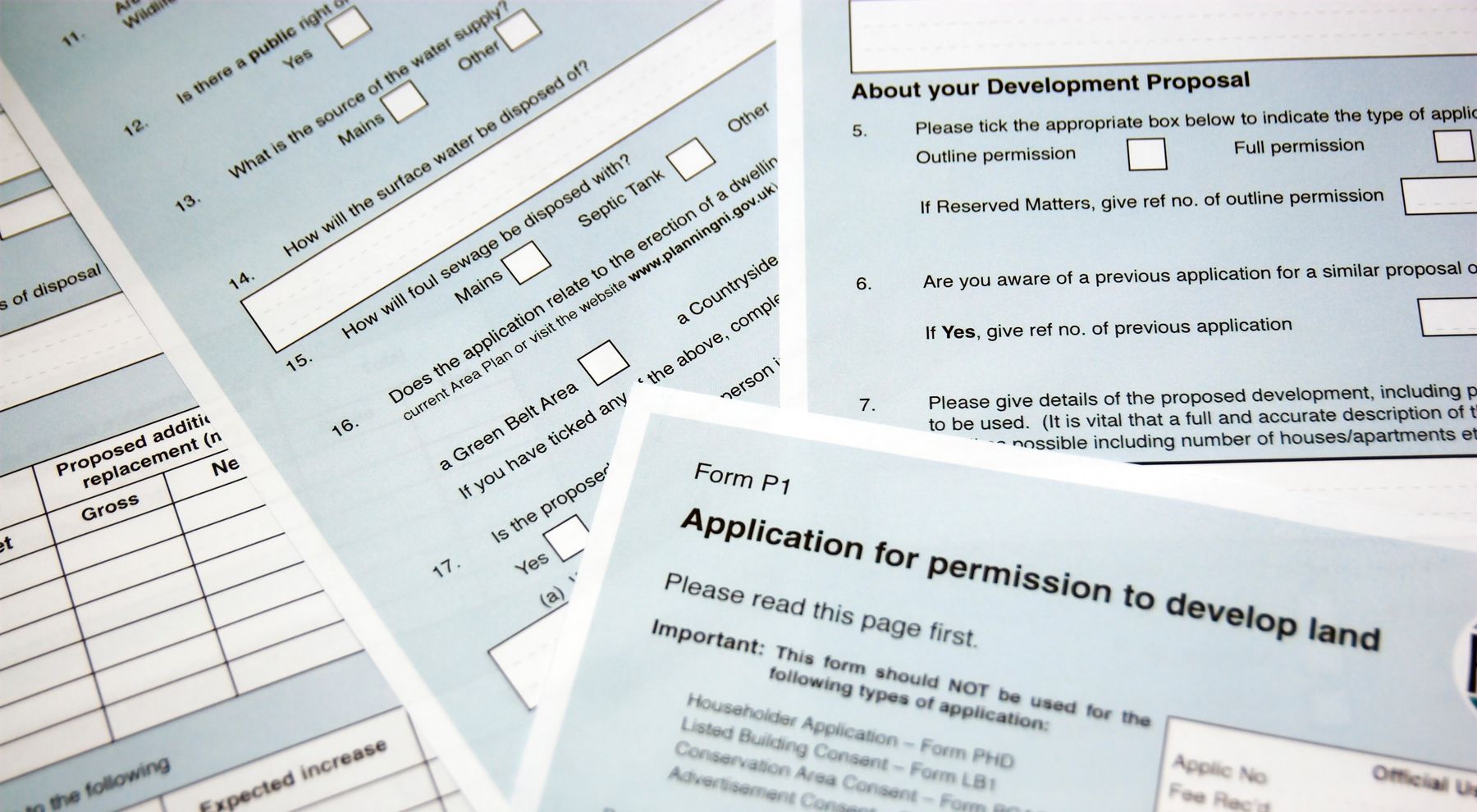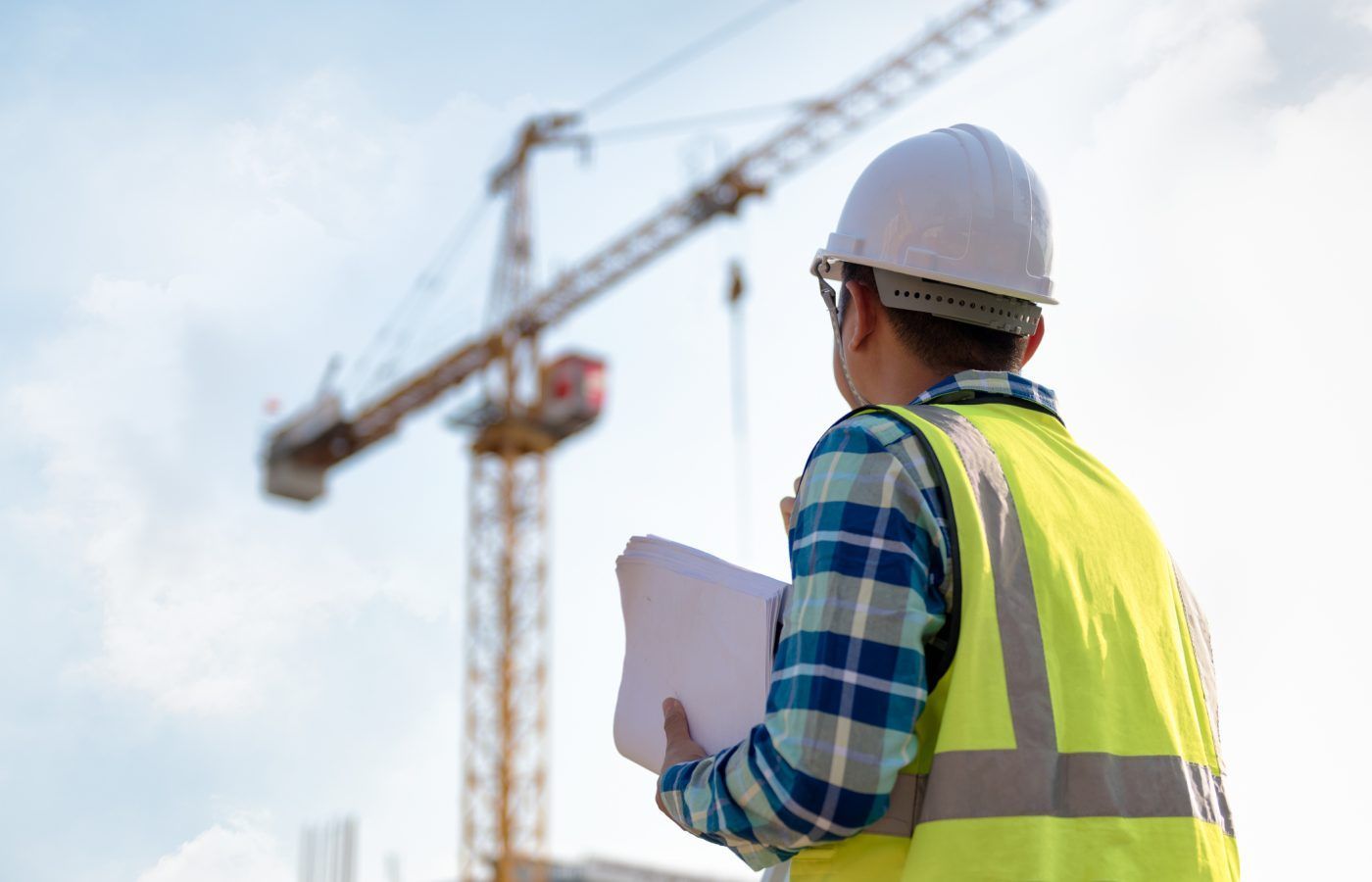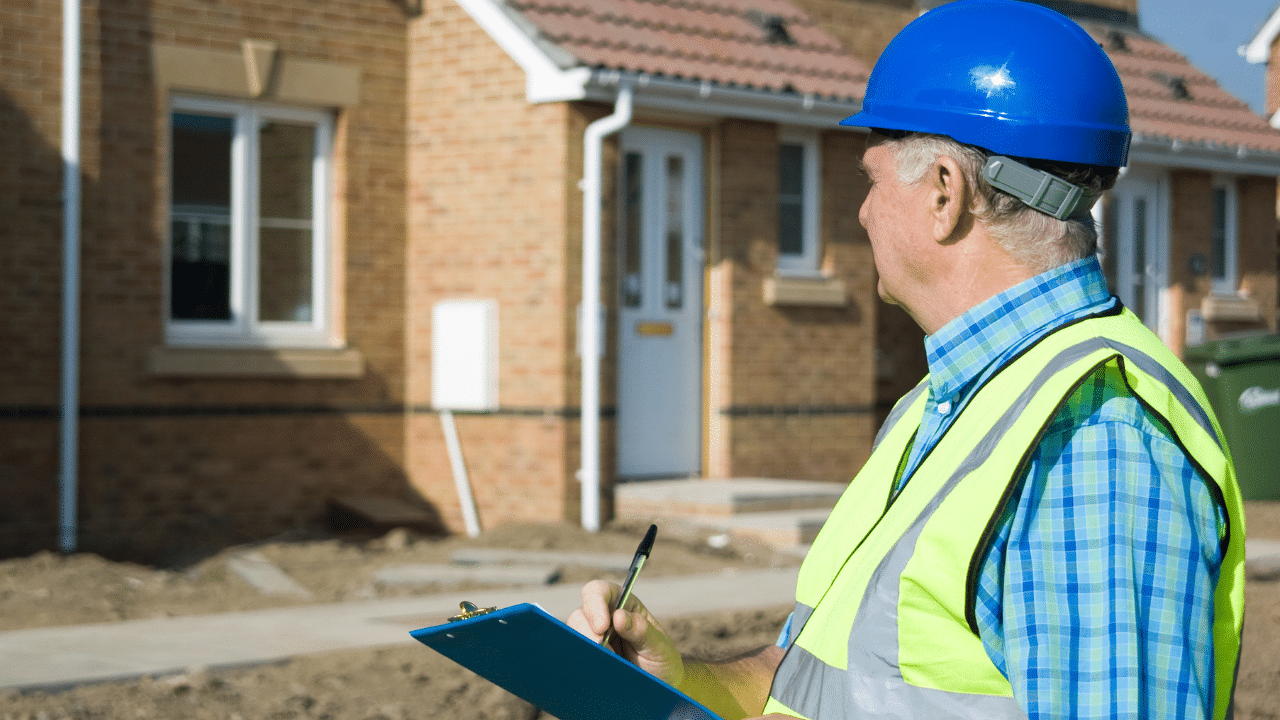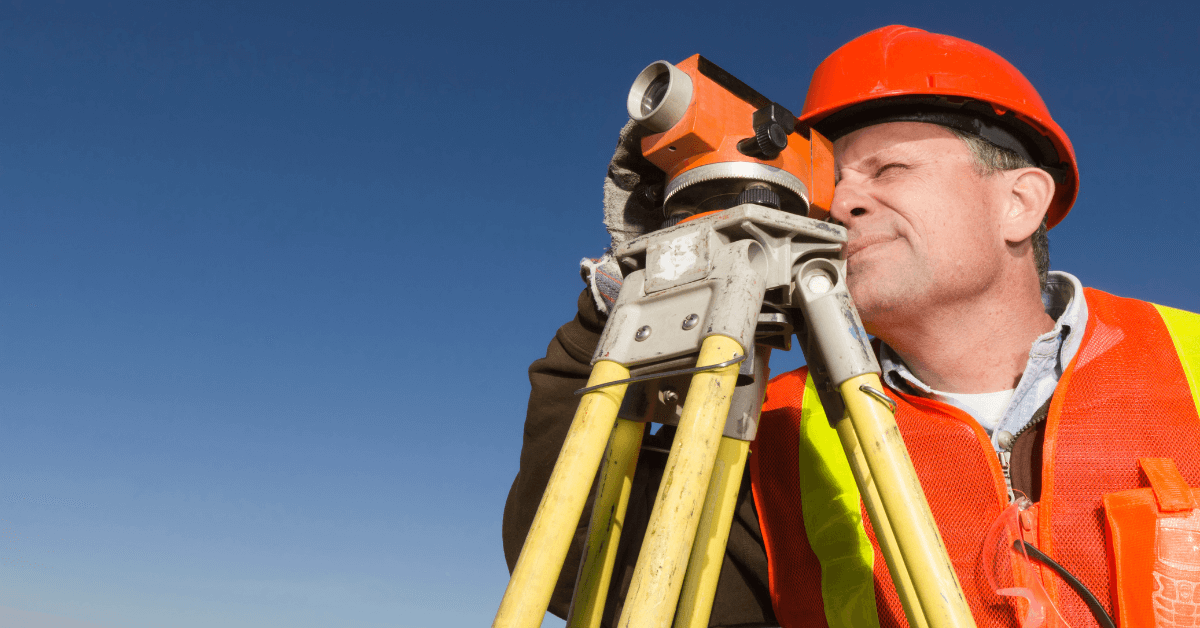Building Defect Diagnosis: What you Need to Know
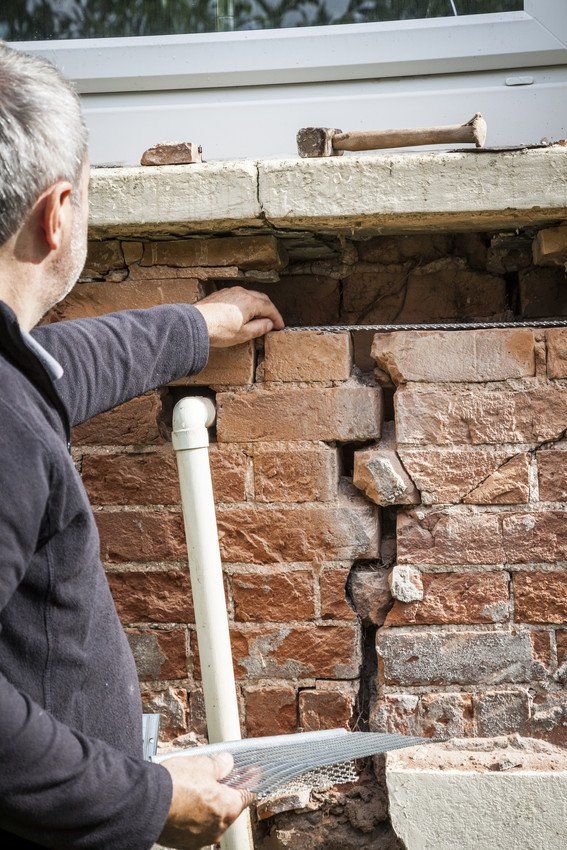
At some point in their lifespan, all buildings are likely to suffer from defects to one degree or another.
Even if the most thorough regime of maintenance has been used, you cannot guarantee that defects will not arise if, for example, the building has been constructed in a way that is inherently defective, or if changes occur and the conditions affecting the building that are beyond the control of those responsible for its care. Some of the most common defects could be anything ranging from a case of heavy condensation or cracking through the wall of an industrial unit.
In this blog post we will outline some of the key things you need to know about a building defect diagnosis.
Defects in buildings occur for a vast range of reasons – natural deterioration, poor workmanship, defective design and material selection, to name a few of the most common defect causes.
It is crucial that defects are diagnosed early on, both for reasons of safety and also to avoid unnecessary expenditure. Dependant on how early in the building life cycle a defect arises it may also be necessary to have clear causation in place so that redress can be sought against a negligent party such as a designer or builder.
As both building designers and building surveyors we are uniquely qualified and experienced in this field and are able to thoroughly investigate and report on matters including but not limited to the following issues:
●Subsidence and ground heave
●Cracking in buildings
●Wall tie failure
●Render and coating failures
●Flooding and drainage issues
●Material failures
●Dampness and water ingress
●Roofing failures
What will happen after a defect diagnosis?
You will receive a written report with recommendations outlining what steps to take. This may then be enough for you to engage contractors to carry out repairs. Alternatively, you may need to further investigation to assist the diagnosis, such as removal of floorboards or removal of plaster to open up the structure.
Here at Simon Levy we understand that whether your home is new or been built for years, building defects can plague them both and if not detected and rectified fully can have long-lasting effects on the property. Please feel free to get in touch with us to discuss how we can be of service to you and the next steps.